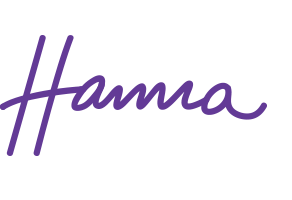Going off wheat (or grains)? 5 points to consider.
- First off, as you’re cutting down on the amount of carbohydrates from grains/wheat you’re currently eating, it might leave you feeling a little worse for the first few days. Some call this the “carb-flu”, because that’s what it can feel like, the beginning of a flu. This is because your body is detoxing from the highly addictive grains/wheat you’ve been eating. It’s nothing to worry about, please don’t give up, you’re doing yourself an awesome favour. You’ll get to your improved, chirpier self in no time, I promise.
- Because you’ll be eating less of one particular thing, it’s important to fill the space with other things. I’d recommend to seriously up the amount of vegetables and fruits you eat daily.
- Instead of those carbs you’re cutting out, choose great sources of fat (avocado, salmon, nuts, seeds, olives, olive oil, coconut…), as they will keep you satisfied for longer and still make up your calorie count. And nope, fat doesn’t make you fat, as long as it’s good fat.
- Your body also needs protein. This is what your body builds and repairs itself off of (well the amino acids). If you eat meat, keep doing so with a good conscience. If not, you need to add some source of protein, perhaps a protein shake as part of a meal or a snack? (I’d recommend a raw protein powder made from hemp, for example)
- So, what is left for you to eat, then? Here are some simple ideas:
- Instead of bread, you can use bell peppers as a sandwich. Cut one in half, remove the core, fill up with your favourite sandwich fillings and enjoy. Or just eat the sandwich toppings with a side of vegetables. You can also try your baking skills with my awesome non-wheat non-grain bread recipe, found HERE.
- Instead of pasta, use “zoodles” or zucchini noodles. Takes about 5 minutes to prepare, and is easier with a julienne cutter. Fry them lightly in some olive oil. The texture is almost the same, the taste is a lot fresher. Or spaghetti squash (how to cook it). It can be made well in advance and just heated up when needed. Use with your favourite pasta sauce (mine is hands-down green pesto. YUM!)And don’t forget about things like potatoes, sweet potatoes, yams and plantains. Gluten and grain free for sure, but just quite high in carbs, so if you’re watching your carb intake, be a little careful.
- If you’re going wheat/gluten free but don’t see the point in going fully grain free, you have tons of alternatives left: quinoa, rice, amaranth, buckwheat, corn, sorghum and oats, if they’re declared gluten free.
- One word: SALADS! Not the puny little green side salad, but a proper one filled with cheese, egg, ham, chicken, avocado… It will keep you full for long. And steer clear of pasta salads. There’s nothing healthy there.
- You may need to find new places to buy lunch, for example. Depending on where you live, and your determination, there are always places that are happy to help you get onto a healthier journey. You just have to find them.Ask restaurants to replace any wheat/grain/carby side order with vegetables. I haven’t found a restaurant yet that doesn’t do this. And order those hamburgers without the bun!
- Another idea is to sign up below this post to get my 11 healthy and healing recipes for free – guaranteed both gluten and grain free!

Great article, nice content, good read and informative.
Thanks so much for reading and commenting!